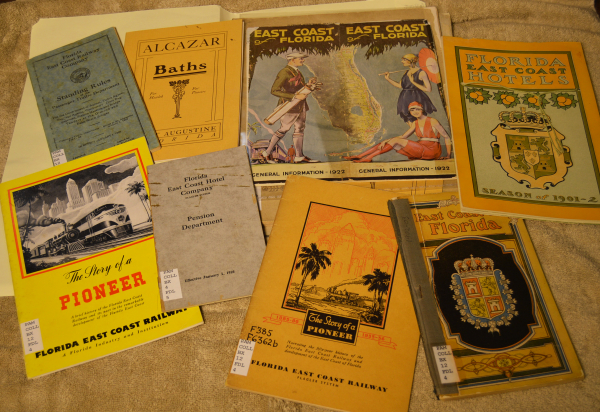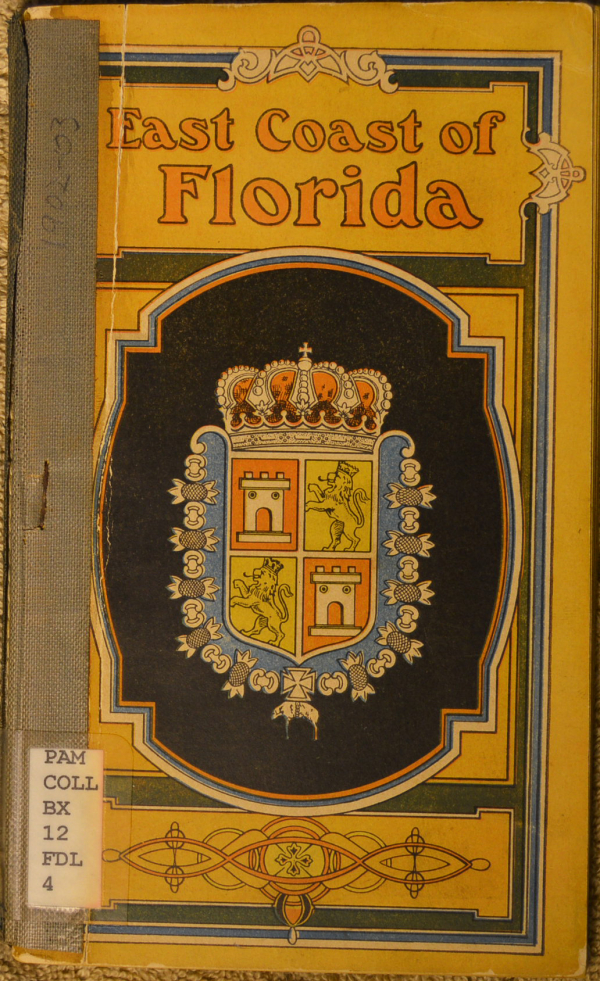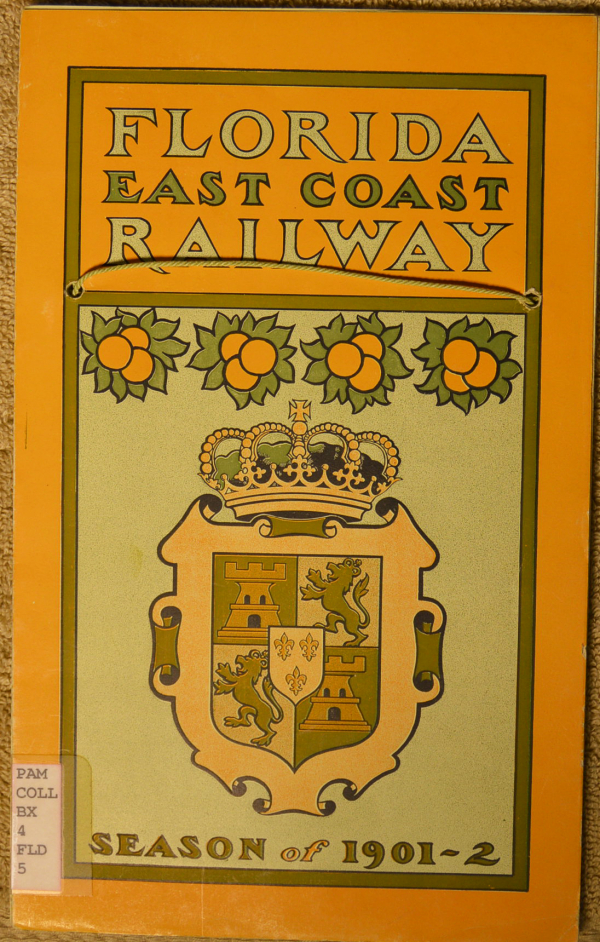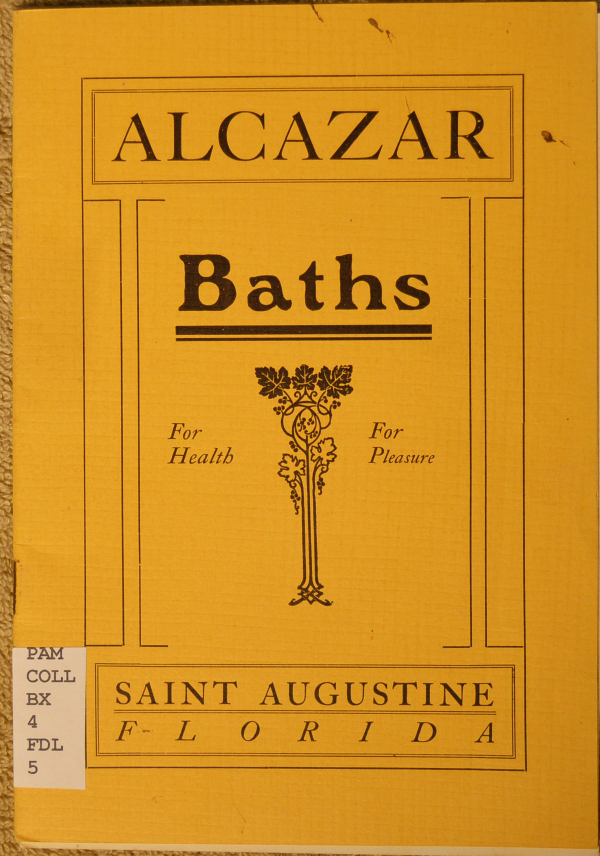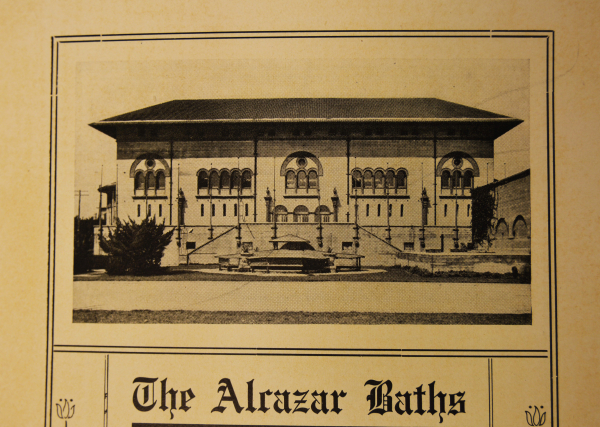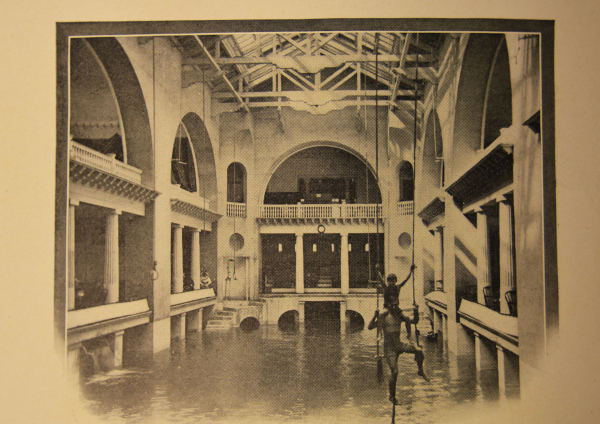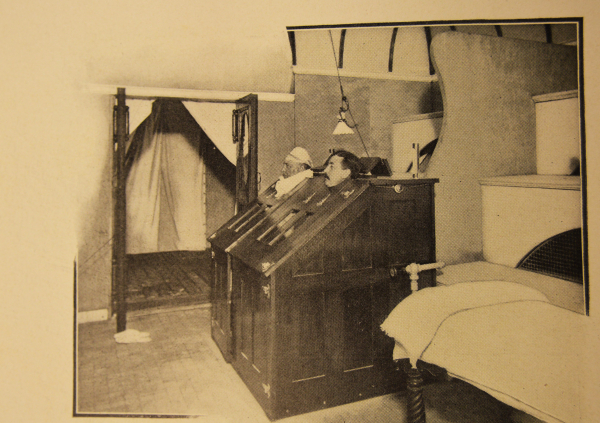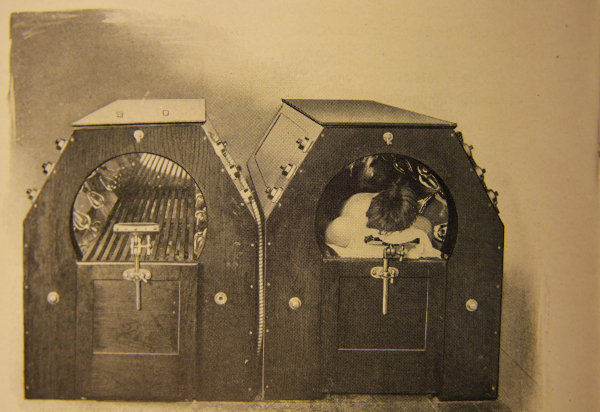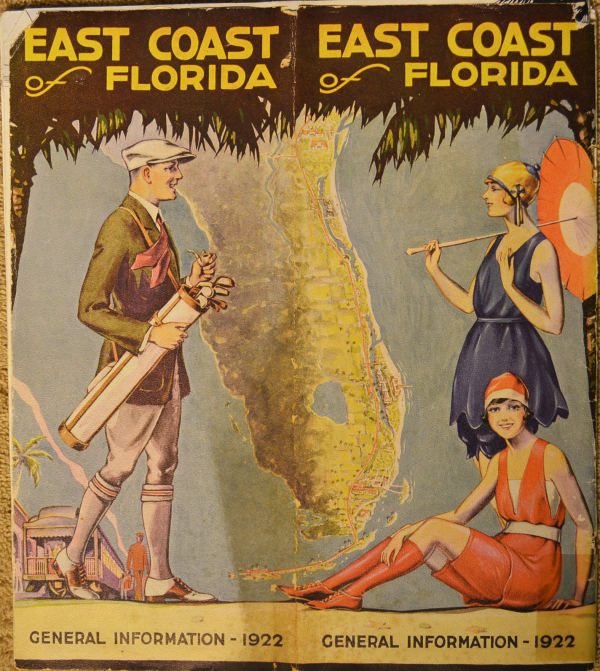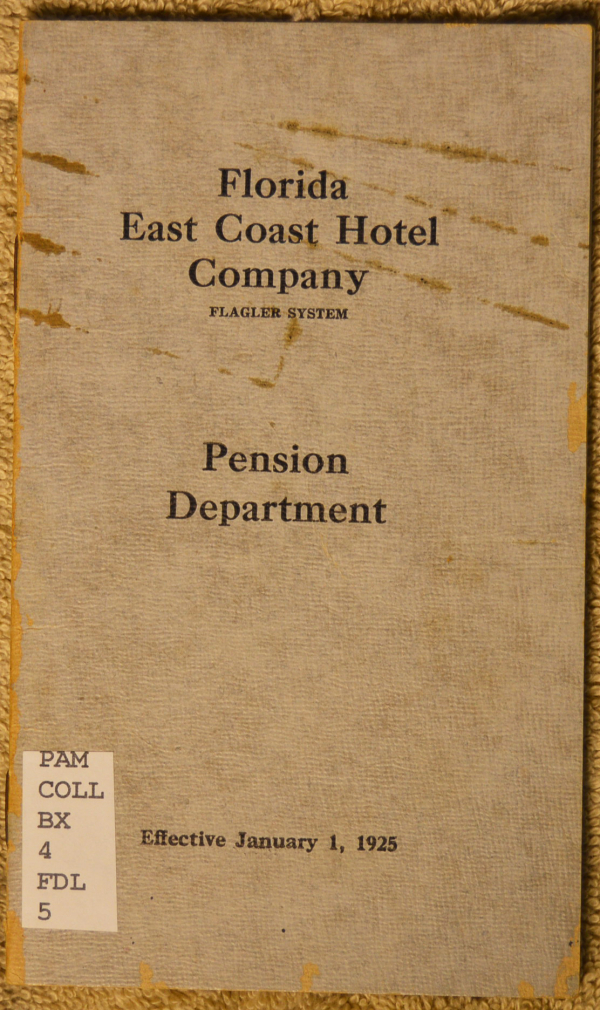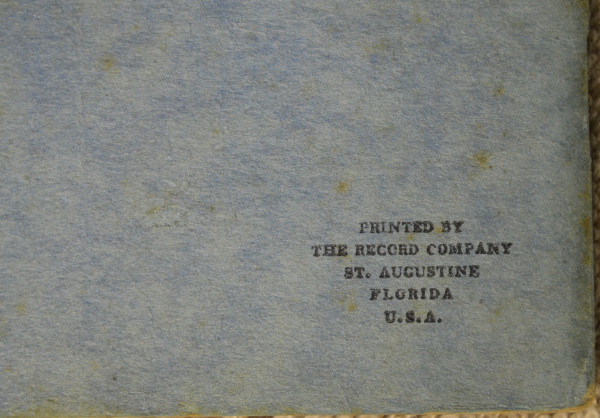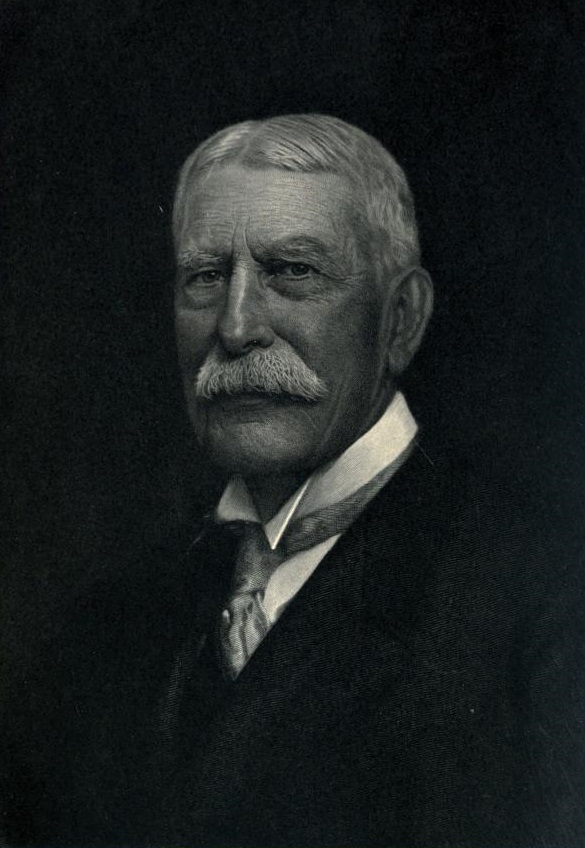
Henry Morrison Flagler did not become one of the richest men in America by accepting old bromides.
He is best known in Florida for his railroad (now the Florida East Coast, or F.E.C. line) and his stable of high-end hotels, all credited with developing Florida’s tourism industry.
Flagler knew not to trust the proverb “Build it and they will come.” He knew to modify it to read “Build it and advertise it and they will come.”
In those days, roughly 1885, until his death in 1913, print advertising was the way to go. He also knew the proverb “Don’t rent if you can own”, an idea that actually does stand fairly well as written.
Prepared to spend what was necessary to draw people from all over the country and, indeed, the world to his railroad, hotels, tourist spots and favorite cities in Florida, in 1894 Flagler bought the major local newspaper, The Herald, in St. Augustine and centered his operations there. By 1899, along with a few partners, he bought up the remaining papers and print operations in St. John’s County and was ready to turn out any style of printed material he needed.
A printing company may not come to mind at the mention of Henry Flagler, but his left a legacy as well as any railroad or art museum, and a portion of that legacy is in the collection of the Museum of Florida History in Cocoa, Brevard County.
Flagler consolidated all the smaller operations into what became “The Record Company.” The newspaper became “The St. Augustine Record” and, yes, it still publishes today (http://www.staugustine.com/ ) under different ownership.
The Record Company had a division to produce pamphlets, brochures, posters and flyers - any kind of promotional material needed to spread the word about the wonders and joys of a Florida vacation.
This was an era when everything had to be laid out by hand by skilled printers using specialized presses.
A four-color book cover could be considered a labor intensive work of art in itself. At its peak, The Record Company had over 100 employees, and was one of the largest employers in the city.
From the beginning, guide books were pegged to the Florida East Coast Railway. This 1902 edition is full of information for travelers on train schedules, hotels, and services.
This booklet, for Flagler’s Alcazar Hotel is pitched right at the potential tourists’ main motivations: health and pleasure.
Line drawings and photographs, never easy to print, would show the tourist exactly what to expect at these high-end spas.
Amenities included indoor pools,
steam cabinets and
even tanning beds.
The printers stayed busy turning out ever more enticing and sophisticated material for travelers.
In between they would work on ‘in house’ publications for the Flagler companies, such as this information guide for railroad employees about their retirement plan.
Always, often so small you needed a magnifying glass to see it, you could find the little imprint that proclaimed this work, simple or sophisticated, was from “The Record Company”. Just for the record, the FEC still rolls and the St. Augustine Record still publishes, but the Flagler Company sold its interest in “The Record Company” in 1942 and now the printing operation is essentially gone.
